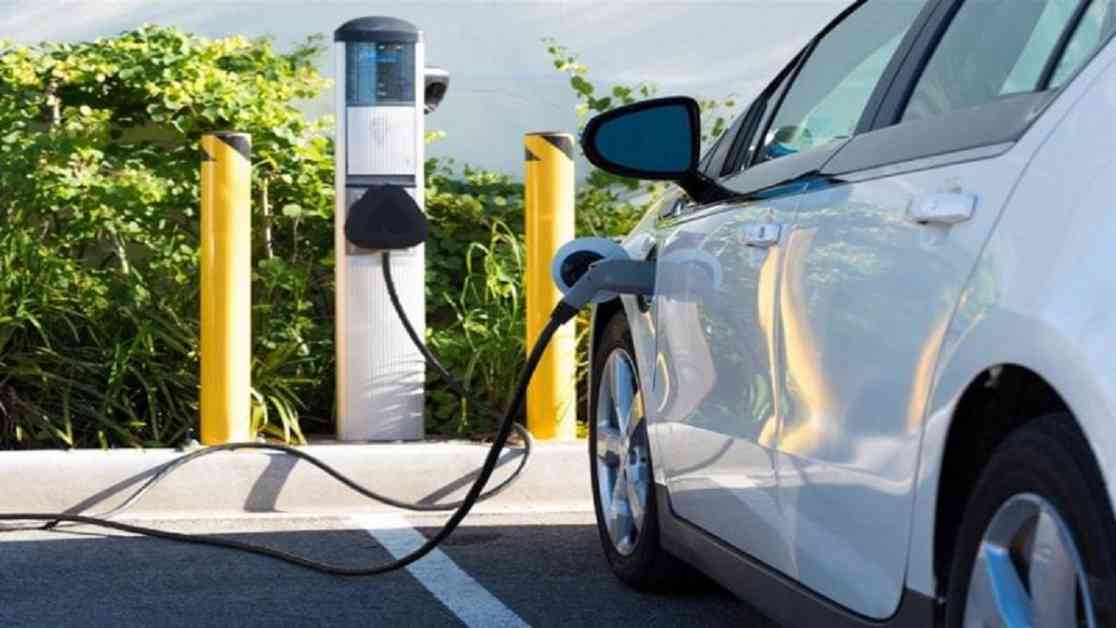Well, folks, it seems like Congress went ahead and did the thing. They passed a measure to put a stop to California’s plan to ban new gas-powered car sales by 2035. And get this – it’s not just California that’s affected. Nope, this decision impacts 11 other states and the District of Columbia, all together making up a whopping 40% of the U.S. auto market. Can you believe it?
The Senate gave the thumbs up to this resolution on May 22, 2025, with a vote of 51-44, following the House’s approval earlier in May. Now, all eyes are on President Donald Trump to see if he’ll sign off on it. But hold your horses, because California is not backing down without a fight. Legal challenges are on the horizon as they vow to take on this decision head-on.
So what’s the deal with this resolution? Well, it’s targeting a waiver that the Biden-era Environmental Protection Agency (EPA) granted to California back in December 2024. This waiver allowed California to roll out its Advanced Clean Cars II rule, which basically said that 35% of new vehicles sold in 2026 had to be zero-emission vehicles (ZEVs). That number was supposed to go all the way up to 100% by 2035. And guess what? Other states like Massachusetts, New York, and Washington, D.C. were ready to follow suit, with some starting as early as 2027.
Now, California has had the power to set stricter emissions standards thanks to some old regulations that go way back to before the EPA was even a thing. But Congress decided to use the Congressional Review Act (CRA) to challenge this particular waiver. California’s Attorney General, Rob Bonta, ain’t too happy about it. He’s calling foul and even filed a lawsuit against the Trump administration, arguing that using the CRA in this way is flat out illegal. And get this – the Senate parliamentarian and the Government Accountability Office are on California’s side, saying that the CRA doesn’t apply to these EPA waivers. So, it looks like we’ve got a real showdown on our hands.
But hold up, there’s more drama to this story. Automakers are feeling the heat too. California’s ZEV sales took a hit, dropping from 22% to 20.8% in just a few months. And meeting that 35% target for 2026? Well, that was looking like a bit of a stretch. Toyota even said it was “impossible to meet.” Automakers were left scrambling, trying to figure out how to comply – whether it meant limiting non-ZEV inventory, buying credits, or coughing up fines. And as for consumers? They might end up paying more for used cars if they can’t get their hands on new gas-powered ones.
Critics are also raising concerns about the infrastructure needed for this ban. State Senator Tony Strickland thinks California might not be ready to handle 15 million electric vehicles on the road by 2035. He’s worried about potential blackouts if everyone starts plugging in their EVs at the same time. And hey, he might have a point. Remember that time California’s grid operator asked folks not to charge their EVs during a heatwave? Yeah, that was a real wake-up call. Looks like we might need some serious upgrades to support all these electric vehicles.
In the end, this resolution passing with support from both Democrats and Republicans shows that there are some real concerns about how feasible this ban really is. If Trump gives it the green light, California’s lawsuit could end up in the hands of higher courts. And who knows? This whole situation might just settle some long-standing tensions over California’s emissions authority. Only time will tell how this plays out, but one thing’s for sure – the auto industry and environmental policy are in for a wild ride.
















